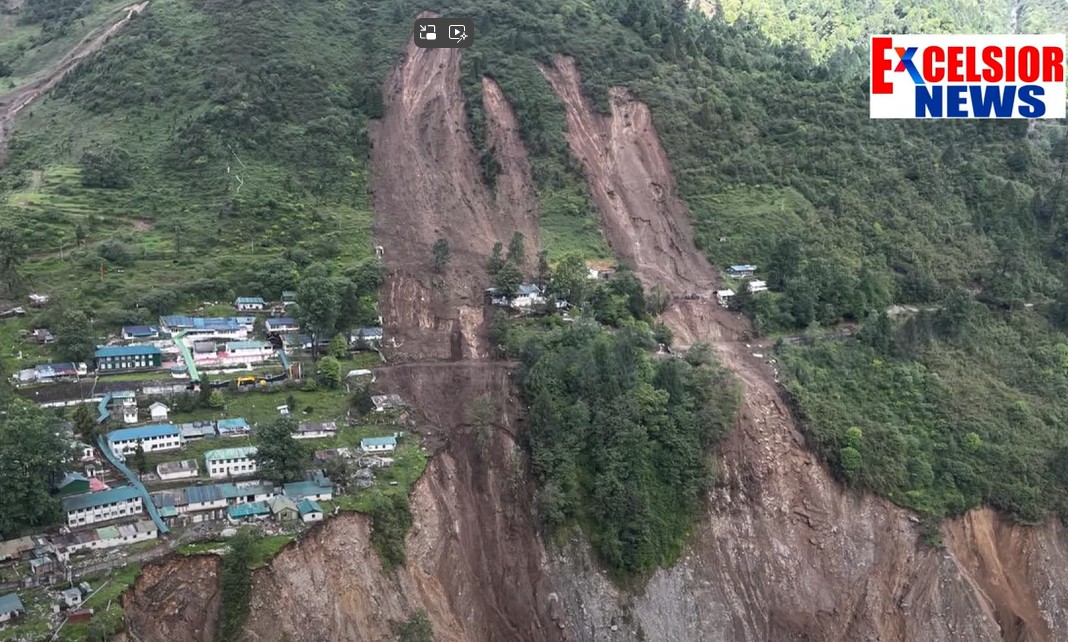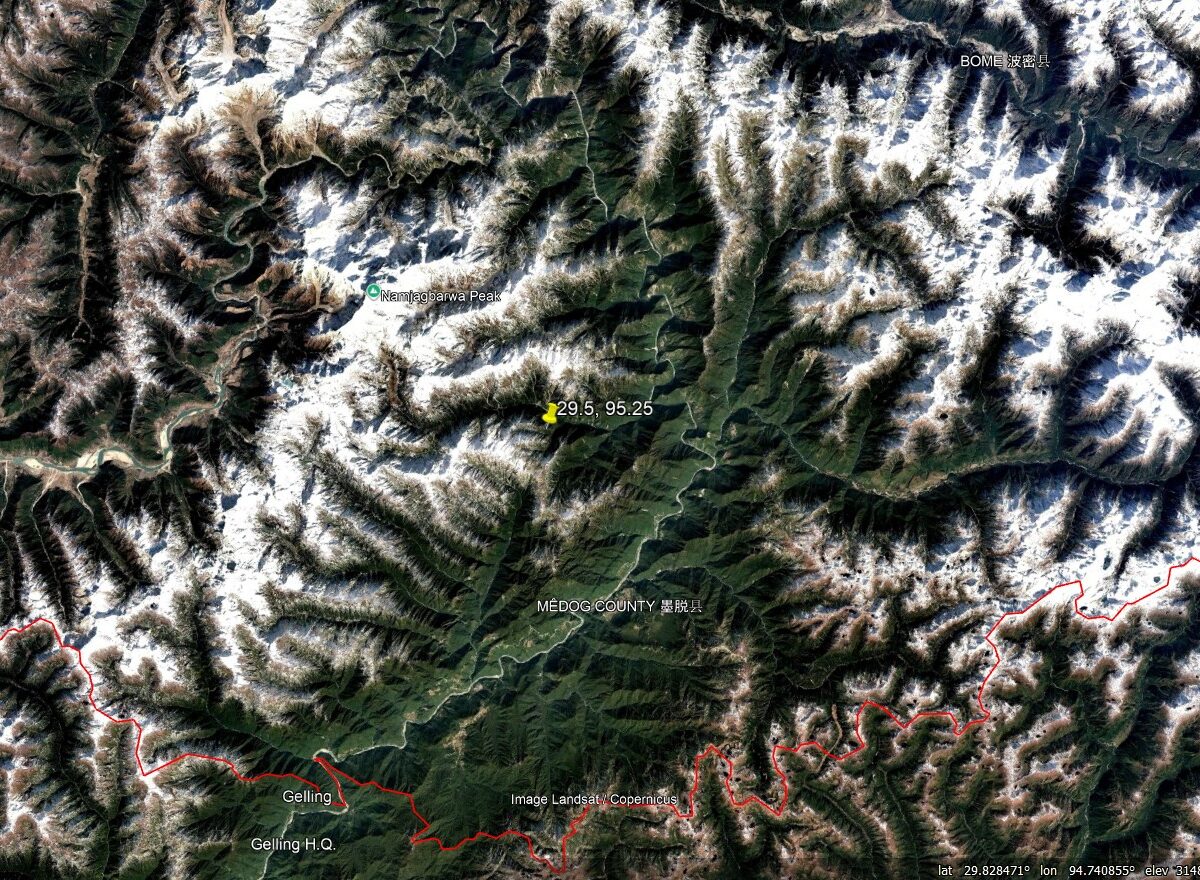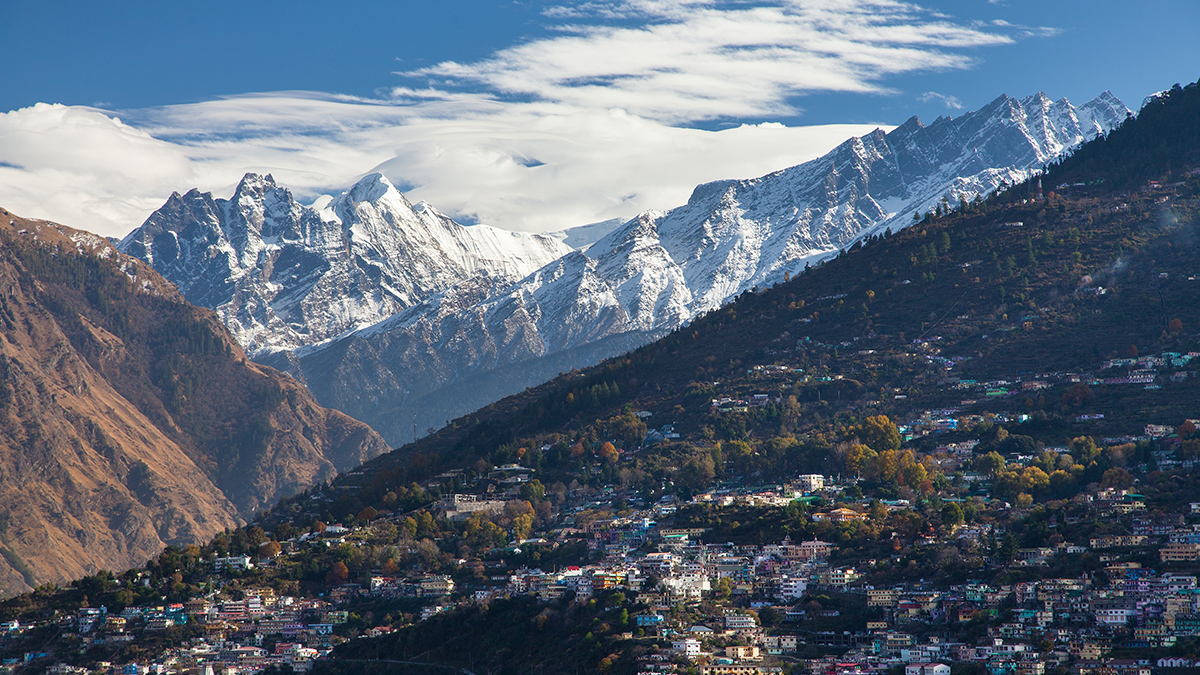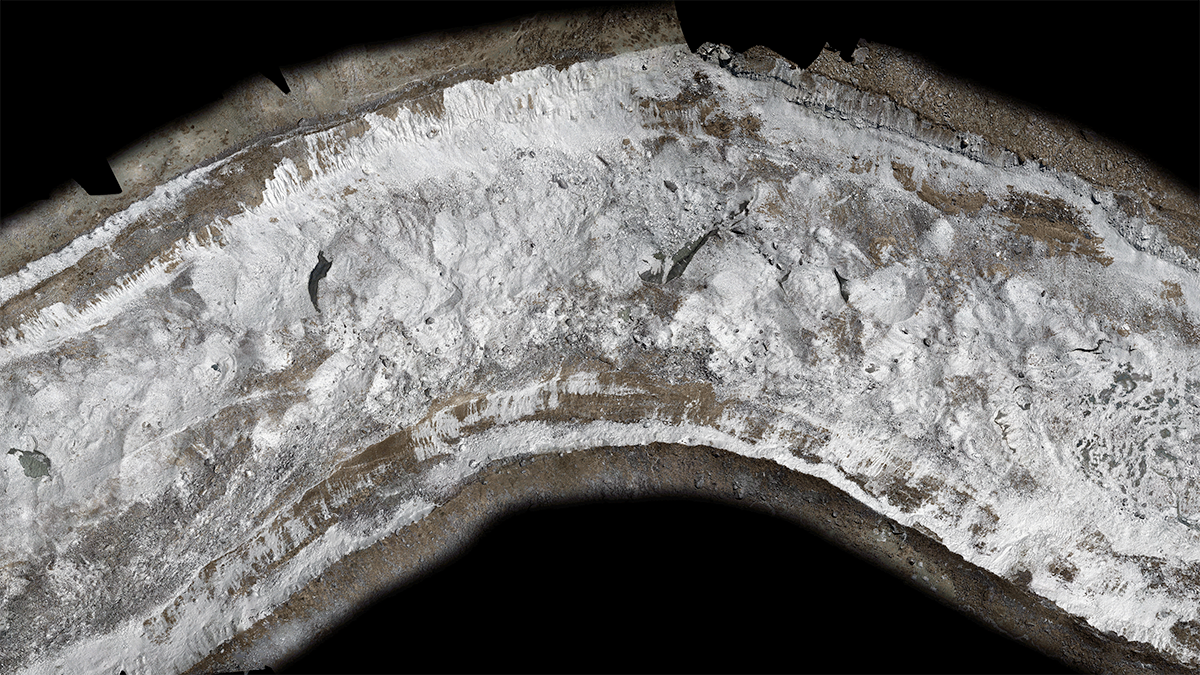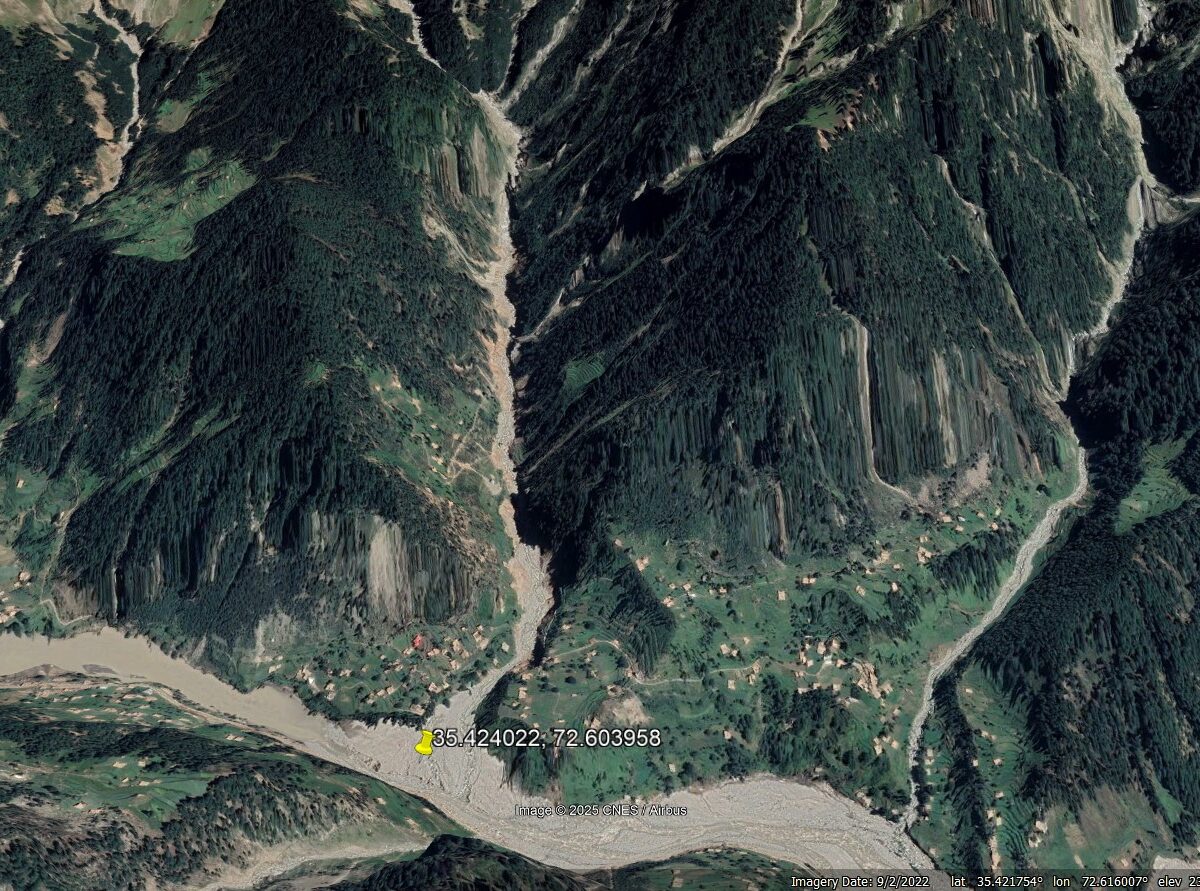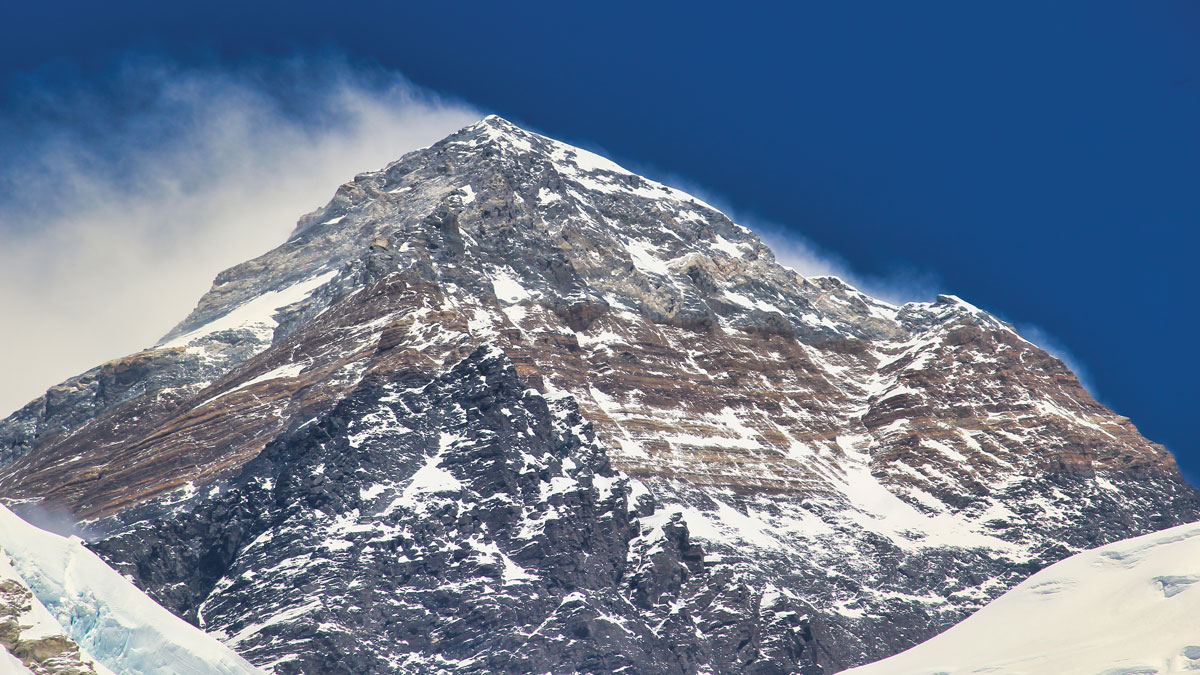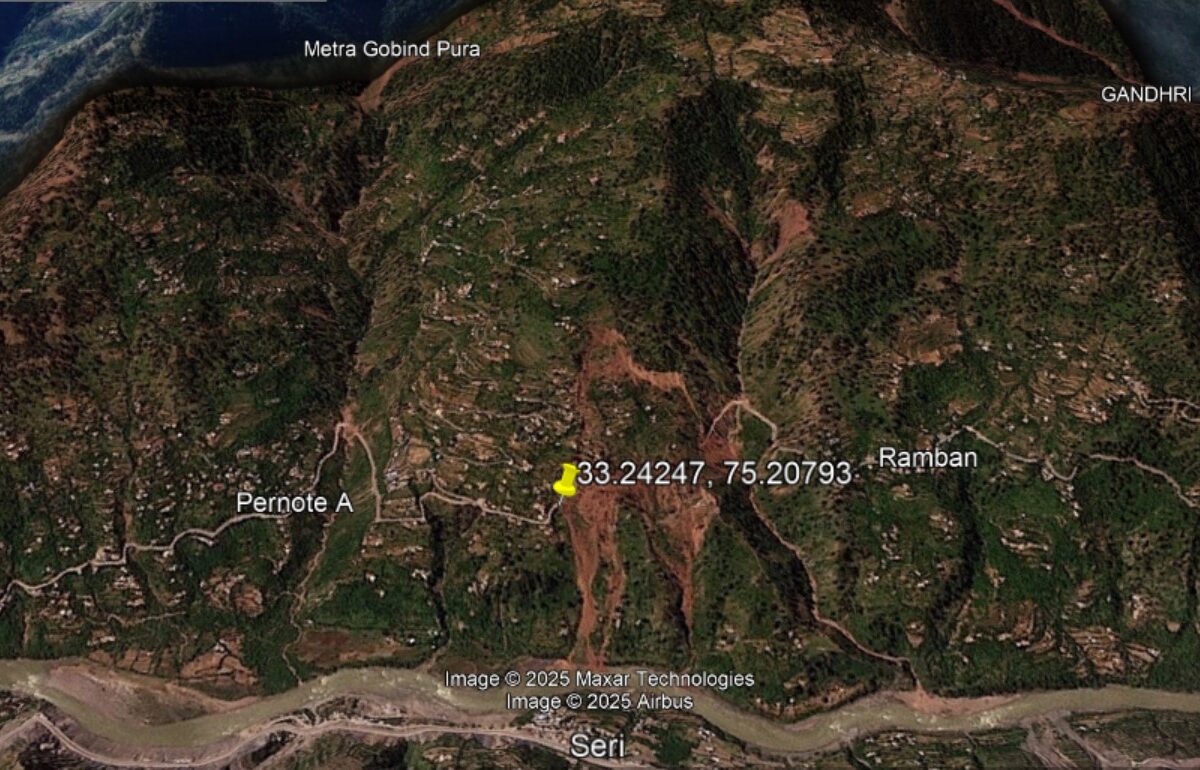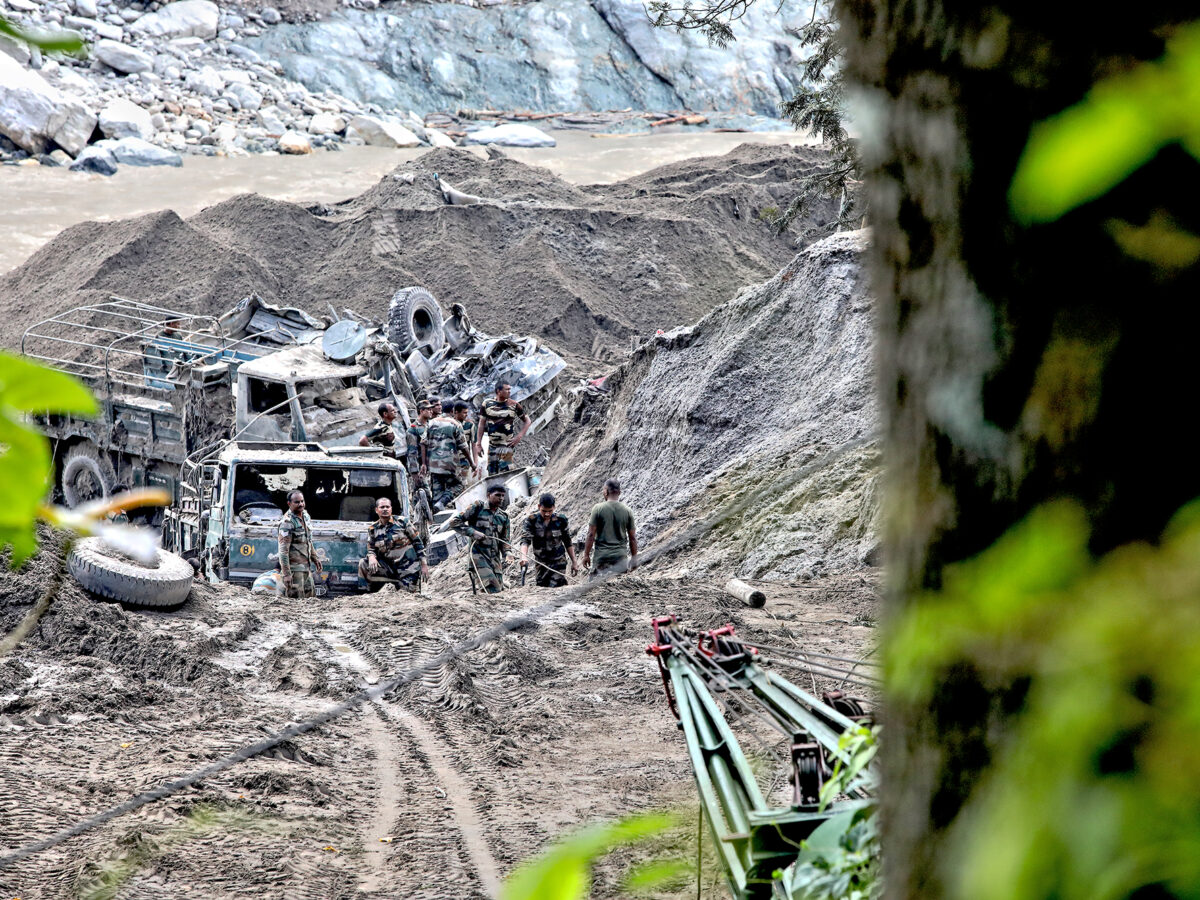Nine people have been killed in a series of landslides, triggered by heavy rainfall, that have struck an army camp. At about 7 pm local time on 1st June 2025, a series of landslides struck an army camp at Chaten in the Lachen District of Sikkim in India. It is believed that nine people have […]
Himalayas
Geological complexity as a way to understand the distribution of landslides
The Landslide Blog is written by Dave Petley, who is widely recognized as a world leader in the study and management of landslides. Over the course of my career, I have read many papers (and indeed, written a few) that have tried to explain the distribution of landslides based upon combinations of factors that we […]
Beyond Majesty and Myths: Facing the Realities of Mountainside Development
Expansive construction in fragile mountain environments is often pursued without adequate consideration of heightened hazards and local concerns, putting people and infrastructure at greater risk.
The Complex Evolution of Debris-Covered Glacier Surfaces
A first look at how the surfaces of debris-covered glaciers evolve over time from six years of drone surveys in the Nepal Himalaya.
The 26 August 2022 debris flow at Budai Kamar in the Swat Valley, Pakistan
The Landslide Blog is written by Dave Petley, who is widely recognized as a world leader in the study and management of landslides. On 26 August 2022, an extreme monsoonal rainfall event struck the Swat Valley in northern Pakistan. This is a remote area with poor communications, so this event has not received the attention […]
Geologic Mysteries at 8,000 Meters
Our March issue takes you on an epic journey with the rocks of Mount Everest, from seafloor to summit.
How to Build the World’s Highest Mountain
The rocks of Mount Everest’s peak made an epic journey from seafloor to summit.
The 25 April 2024 landslide at Pernote in Ramban District, India
The Landslide Blog is written by Dave Petley, who is widely recognized as a world leader in the study and management of landslides. For anyone monitoring global landslides, Ramban District in Jammu and Kashmir, India is a familiar name. Located in a highly tectonically active area of the Himalayas, with a monsoonal climate , steep […]
The 3-4 October 2023 Sikkim GLOF: drivers, causes and impacts of a multihazard cascade
Our new paper in the journal Science provides a detailed analysis of the causes and consequences of the terrible landslide-triggered Glacial lake outburst flood (GLOF) that struck northern India late in 2023. The Landslide Blog is written by Dave Petley, who is widely recognized as a world leader in the study and management of landslides. […]
Millions in India Vulnerable to Glacial Lake Floods
Climate change–driven factors make regions more vulnerable to glacial lake outburst floods.

